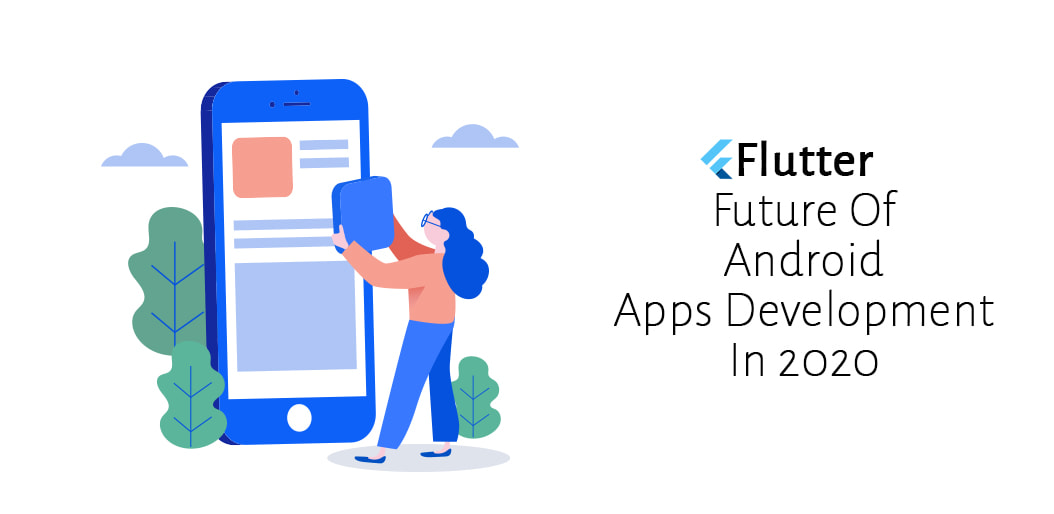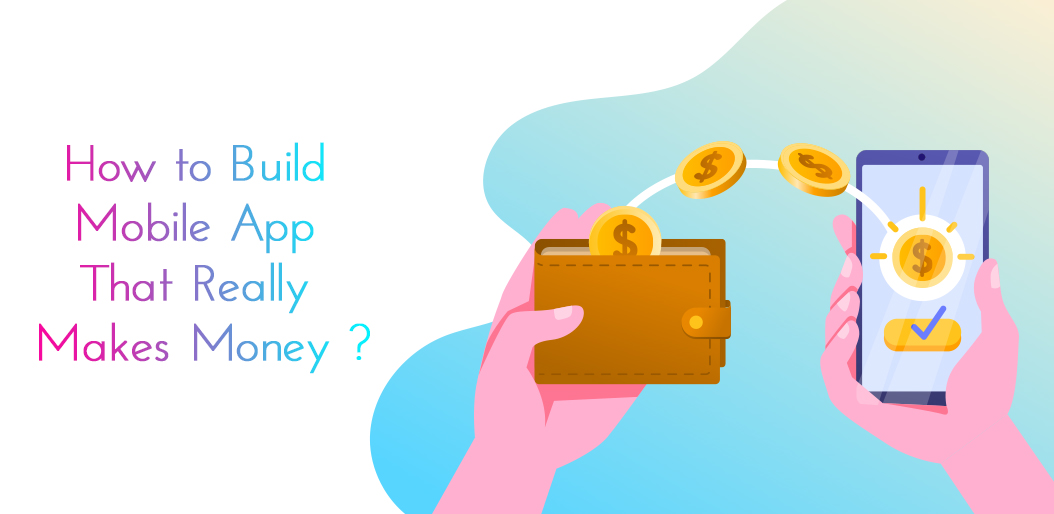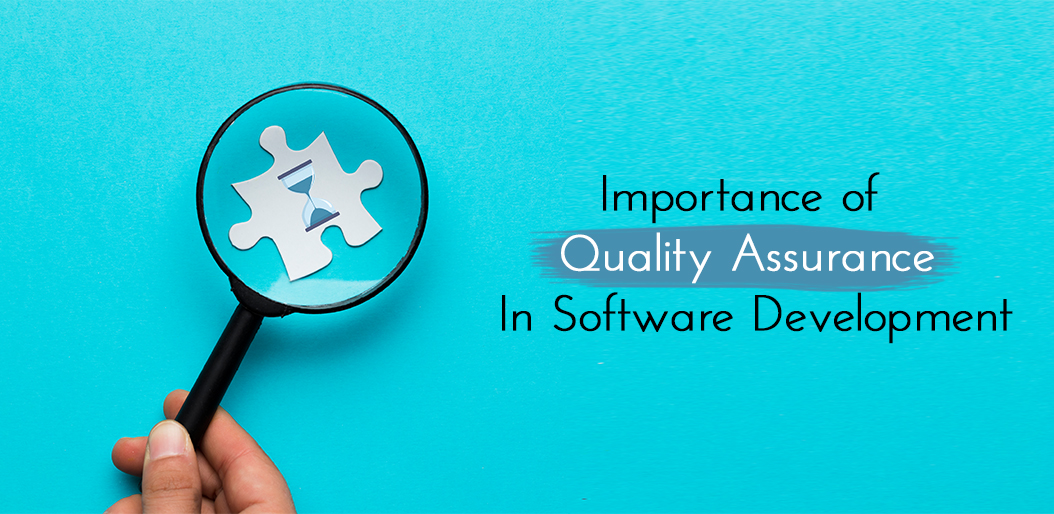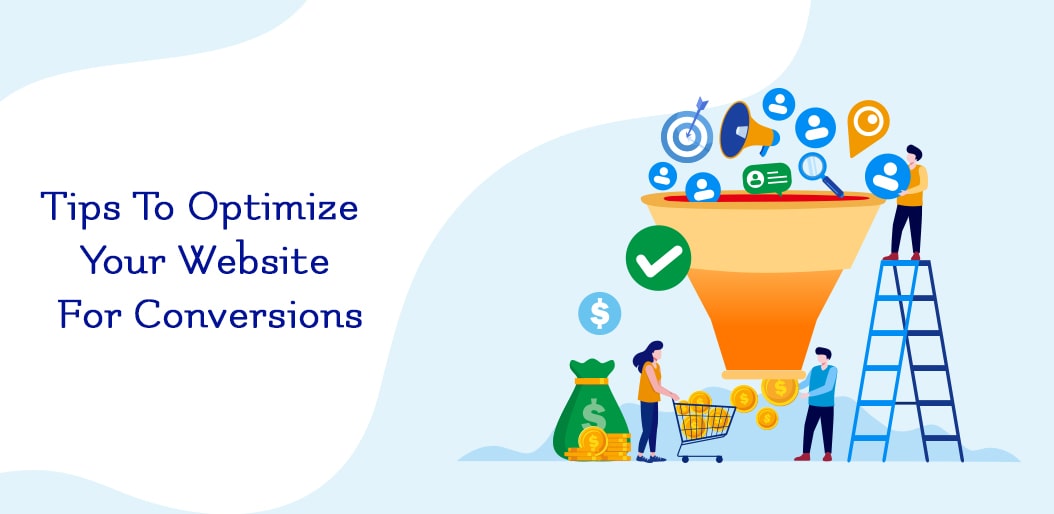Flutter is basically known as a free and yet the open-source mobile UI form of framework that was created by Google. It was released in 2017 for the Google users. This platform will enable you to create a complete native form of mobile application by using just one codebase. This normally means that you can make the use of just one codebase in order to create with a series of different applications in which we have IOS as well as android.
In 2020, once again, mobile applications became more and more popular. And there are many programming tools available to developers who want to create them. Among these tools there is Flutter, a free and open-source mobile UI framework created by Google, which distinguishes itself particularly well.
Flutter refers to two important things:
- An SDK (Software Development Kit): A collection of tools that are going to help you develop your applications. It includes tools to compile your code in native machine code (code for IOS and Android).
- A Framework (UI Library based on widgets): A collection of reusable UI elements (buttons, text inputs, sliders, etc.) that you can personalize for your own needs.
KEY FEATURES OF FLUTTER THAT MAKING IT A TOP CHOICE FOR CROSS MOBILE?
1) AUTOMATED SUPPORT FOR BUILD AND RELEASE
Flutter comes with automated support for build and release and a stronger command line support. This makes releasing and updating your mobile app on the Play Store and App Store much, much easier than doing it in the traditional way
2) WRITE ONCE, RUN ON ANDROID AND IOS ( CROSS- PLATFORM)
Before, Flutter there are React Native and Xamarin are the competitive frameworks for the cross platform mobile app development. However, as per the Google developer blog, the popularity of the Flutter is growing with immense speed.
The cross-platform ability of Flutter can be comprehended by its ability to offer a single code usable by both Android and iOS app development. The popular mobile development framework eliminates the need for having multiple frameworks for multiple platforms. Other than supporting architecture for rapid application development, Flutter also offers a native experience while avoiding the need to write more to do more. Thanks to almost zero compatibility issues across different platforms, Flutter developers need to spare less time for debugging computability issues when working on the multi-platform mobile app development.
3) EXPRESSIVE AND ADAPTABLE UI
The widgets on Flutter are rich, adaptable and it makes the UI flexible. The simple, adaptive layout system makes apps look good on every single screen. Upon iterating, the UI changes in front of your eyes in a fraction of a second.
4) EASY SETUP AND COMPREHENSIVE DOCUMENTATION
As Flutter is a product of Google, having support from the Material Design team is obvious. As the application development framework can be handled effortlessly on any mobile platform, setting up the same and starting to code is very easy.
The popular mobile app development framework features in-depth documentation that happens to be neat and simple, as well. The information for cross-platform app development is also included.
5) LESS CODE, LESS EFFORT FOR BETTER RESULTS
Flutter leverages the Dart programming language, a client-optimized programming language from Google used for building backend, desktop, mobile, and web applications.
As the C-like syntax language, which also has the ability to be transcompiled into JS code, uses a JIT compiler, the availability of a Hot Reload allows improved app workflow i.e., less code to do more. With the Hot Reload feature, a kind of auto-reload feature, Flutter developers can quickly check the output for the changes made in real-time. It also enables developing top-quality apps in a relatively shorter time. Developing and designing goes in line in Flutter. There is no need to start from scratch every time for making changes in an app developed using the cross-platform mobile application development framework.
6) SWITCHABLE THEMES FOR IOS AND ANDROID
Developers have the freedom to pick one among the two separate themes for developing both Android and iOS apps in Flutter. They can choose a Material color for an Android app or some light colors for an iOS app and vice-versa. No other cross-platform app development technology offers this functionality until now. Choosing the theme choice entirely depends on the developer and client requirements.
7) WIDGETS
Flutter flaunts to have a superb widgets library that allows creating complex, custom widgets to suit specialized client needs. Widgets can also be used for the app under development.
The wide array of widgets available to flutter allows for creating highly customized and responsive apps in Google’s Material Design and Apple’s iOS Style using the Cupertino pack.
CONCLUSION
Flutter has entered strongly in the cross-platform app development race with unique features for better mobile app development. As flutter apps almost looks like native mobile apps and Flutter engine is designed to support Google’s future operating system, we can assume that Flutter will have bright future. It’s up to the companies which cross-platform mobile app development framework to use as per the project needs but Flutter is emerging as strong option.










